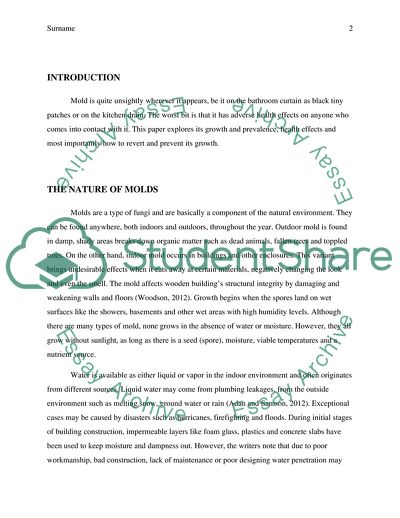Cite this document
(Moisture and Mold Research Paper Example | Topics and Well Written Essays - 1500 words, n.d.)
Moisture and Mold Research Paper Example | Topics and Well Written Essays - 1500 words. https://studentshare.org/biology/1810838-mold-moisture-health-effects-and-how-to-correctprevent
Moisture and Mold Research Paper Example | Topics and Well Written Essays - 1500 words. https://studentshare.org/biology/1810838-mold-moisture-health-effects-and-how-to-correctprevent
(Moisture and Mold Research Paper Example | Topics and Well Written Essays - 1500 Words)
Moisture and Mold Research Paper Example | Topics and Well Written Essays - 1500 Words. https://studentshare.org/biology/1810838-mold-moisture-health-effects-and-how-to-correctprevent.
Moisture and Mold Research Paper Example | Topics and Well Written Essays - 1500 Words. https://studentshare.org/biology/1810838-mold-moisture-health-effects-and-how-to-correctprevent.
“Moisture and Mold Research Paper Example | Topics and Well Written Essays - 1500 Words”. https://studentshare.org/biology/1810838-mold-moisture-health-effects-and-how-to-correctprevent.


